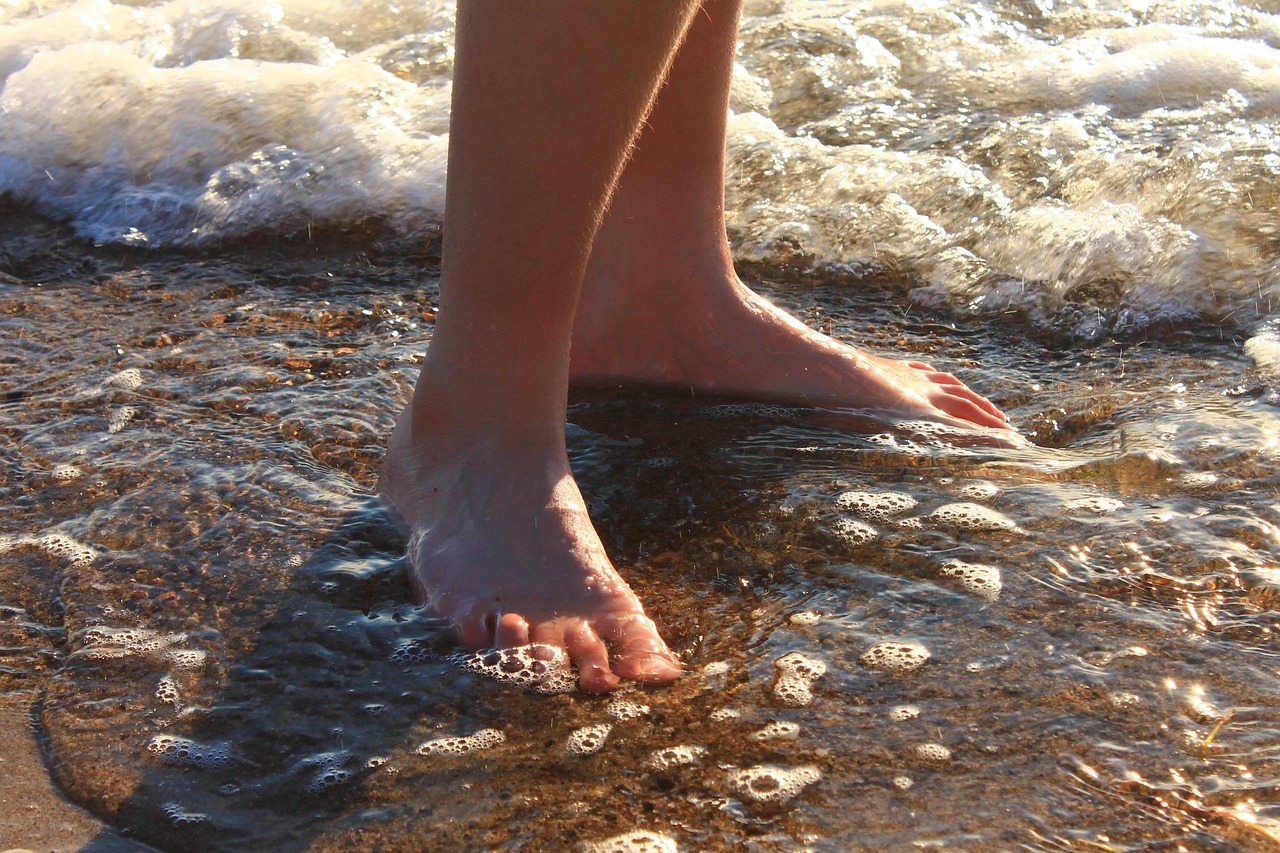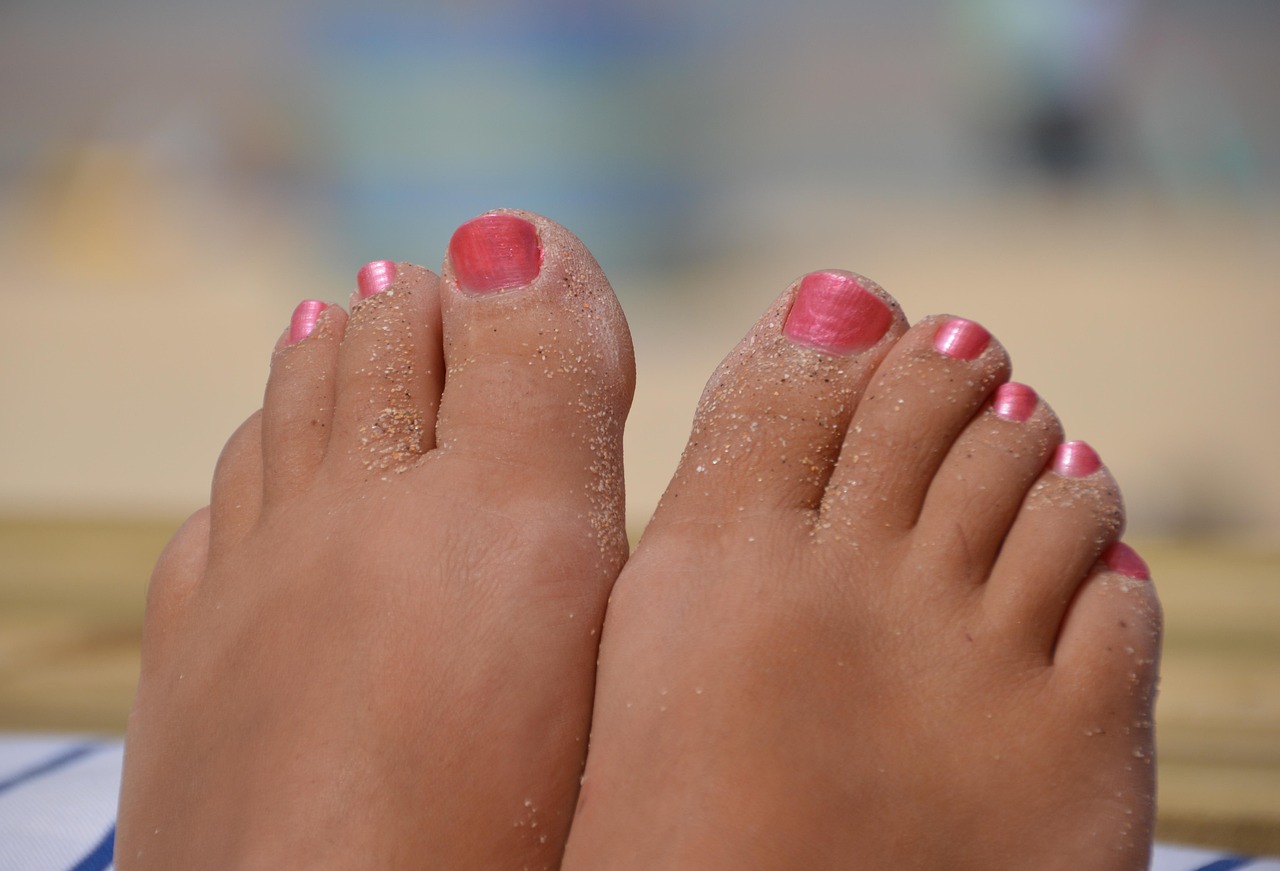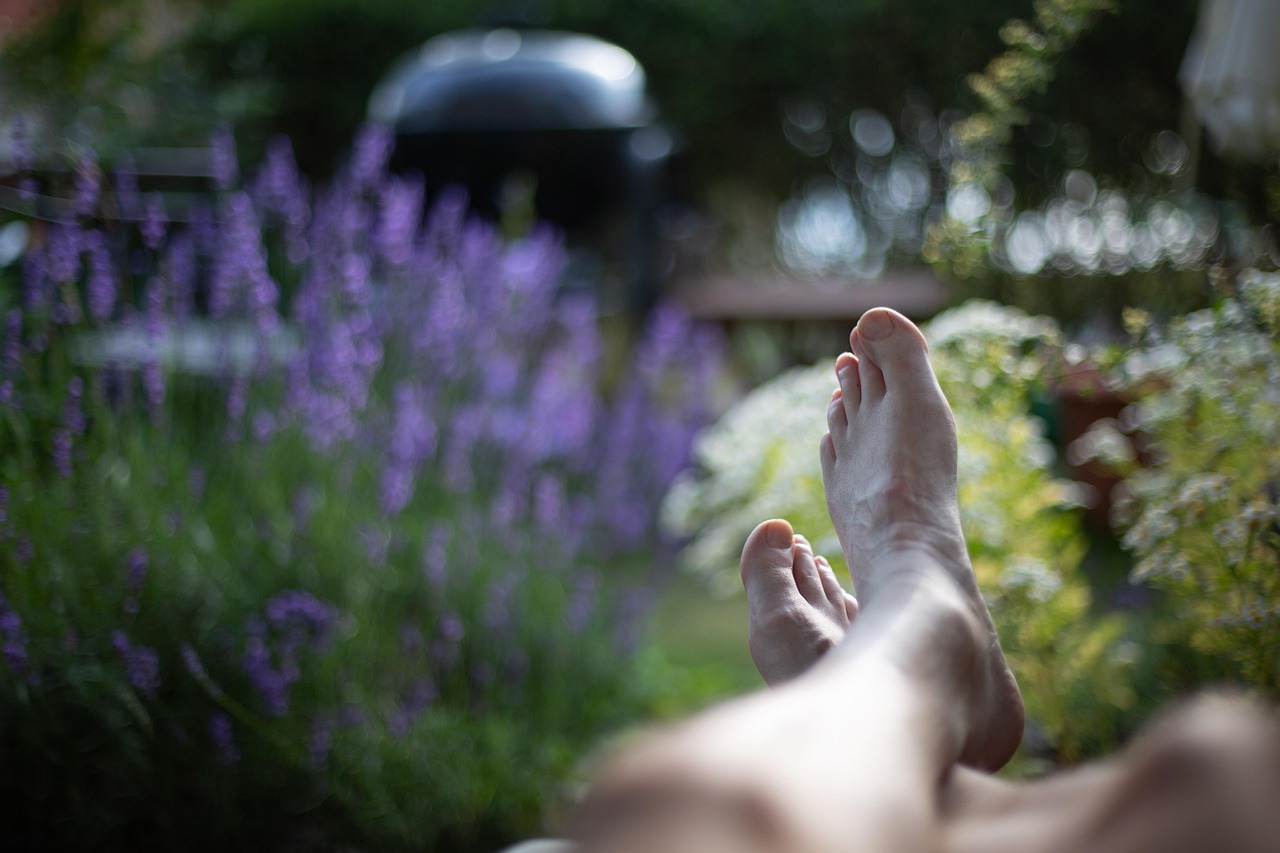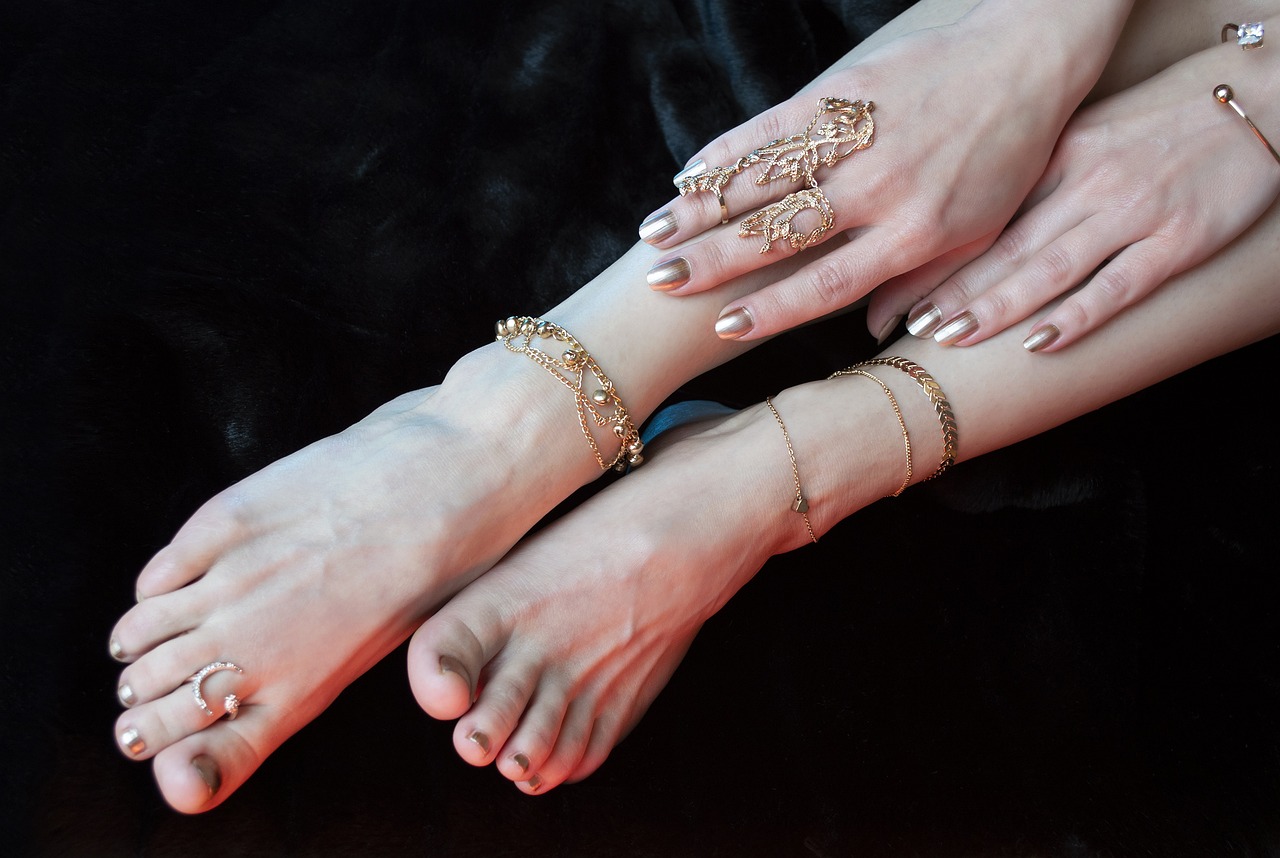Water refreshes you — but it can quietly damage your skin.
Few things feel better than a long swim — whether it’s in the ocean, a chlorinated pool, or a relaxing hot tub. But while your body may feel energized, your heels may be suffering. Why?
Because swimming often exposes your feet — especially your heels — to prolonged moisture, harsh chemicals, and abrasive surfaces, all of which can lead to dryness, cracking, or peeling if not addressed with the right aftercare.
In this article, we’ll explain why swimming impacts heel skin more than you think, what to look out for, and how to restore hydration and softness with help from The Beauty Pure.
Table of Contents
Toggle💧 What Happens to Your Heels When You Swim?
Whether it’s saltwater, chlorine, or warm water, swimming environments can affect your skin in several ways:
🔹 1. Moisture Overload Followed by Rapid Drying
- Prolonged soaking softens and weakens the skin barrier
- Once you leave the water, evaporation causes fast moisture loss
- The result? Dehydrated, tight, and flaky skin — especially on heels that already lack oil glands
🔹 2. Chemical Exposure from Chlorine or Salt
- Chlorine strips natural oils from the skin
- Saltwater can dehydrate cells, leaving skin brittle
- Both lead to rough texture, sensitivity, and cracking
🔹 3. Friction from Pool Surfaces or Sand
- Rough concrete, tiles, or sand can scrape away protective layers
- Walking barefoot after a swim can further irritate the heel area
- Micro-abrasions often go unnoticed — until your skin starts to peel
🚨 Signs Your Heels Need Post-Swim Care
- Skin feels tight or rubbery
- Mild stinging or burning on dry areas
- Heels look chalky, ashy, or flaky
- Fine cracks or peeling appear within a day
- Regular moisturizer doesn’t seem to help anymore
🧴 The Best Heel Care Routine After Swimming
To reverse and protect against this damage, your post-swim routine should be fast, effective, and targeted:
✅ Step 1: Rinse Immediately with Fresh Water
- Always shower off chlorine or salt after swimming
- Use lukewarm water and a gentle, pH-balanced cleanser
- Pay attention to your heels and soles, not just upper body
✅ Step 2: Dry Feet Gently and Completely
- Pat your heels with a soft towel — no rubbing
- Make sure no moisture is trapped between toes or around the heel
✅ Step 3: Apply a Hydrating Foot Cream While Skin Is Still Slightly Damp
This is the golden moment to lock in hydration.
- 👉 Use Lapitak Foot Care Cream for daily moisture
- 👉 Or Lapitak Cream for Cracked Heels if your skin feels particularly dry or irritated
Massage thoroughly into the heel, arch, and sides of the foot.
✅ Step 4: Let Feet Breathe
- Avoid tight shoes or sandals immediately after swimming
- Wear clean, breathable socks or go barefoot (indoors) to give your skin recovery time
✅ Optional: Use Antibacterial Spray if in Shared Spaces
If you’ve been in public pools or locker rooms, it’s smart to use a foot spray to minimize bacterial exposure.
👉 Lapitak Foot Odor Preventing Spray
- Keeps feet fresh
- Prevents odor and bacteria buildup
- Won’t dry out the skin
🌞 Poolside Care Tips to Keep in Mind
- Apply SPF to your heels if they’re exposed in the sun
- Use flip-flops or pool shoes to avoid harsh surfaces
- Don’t walk barefoot around pools — not just for hygiene, but to protect your heels from abrasions
Final Thoughts: Smooth Heels Start After the Swim
Swimming may feel amazing — but without post-swim care, your heels can become dry, cracked, and irritated in just a few hours. With a simple rinse, targeted hydration, and the right products, you can enjoy your swim and keep your heels looking and feeling their best.
👉 Explore The Beauty Pure for expertly formulated creams and sprays that repair, protect, and refresh your heels — after every dip.





